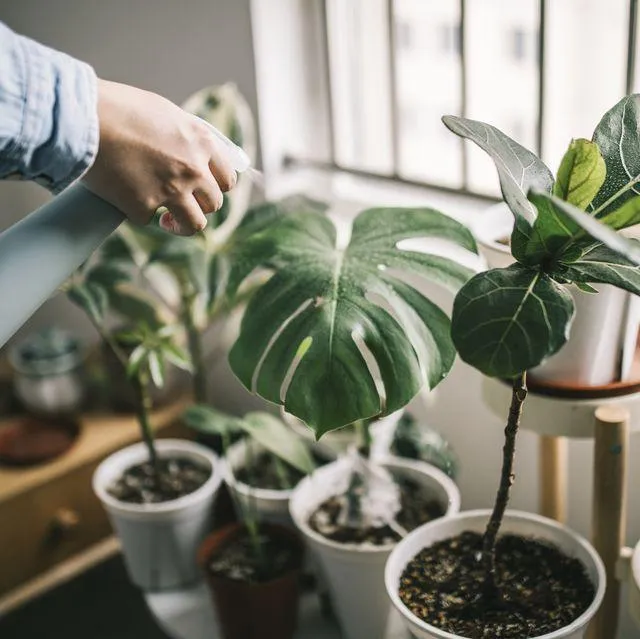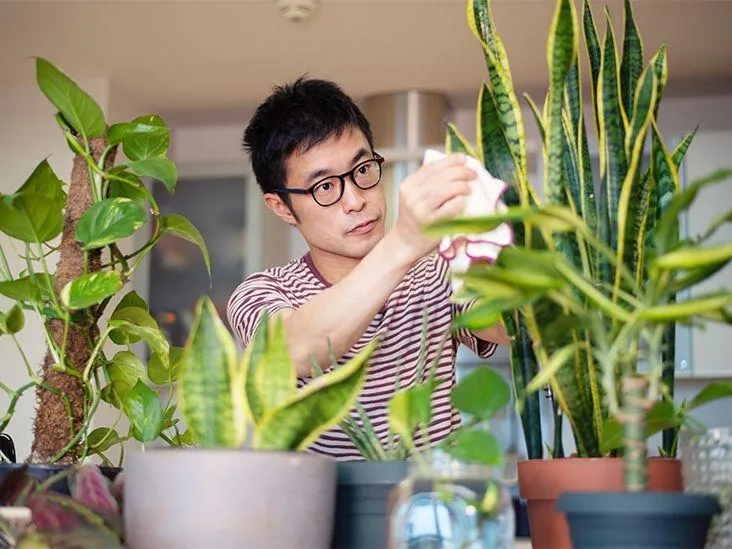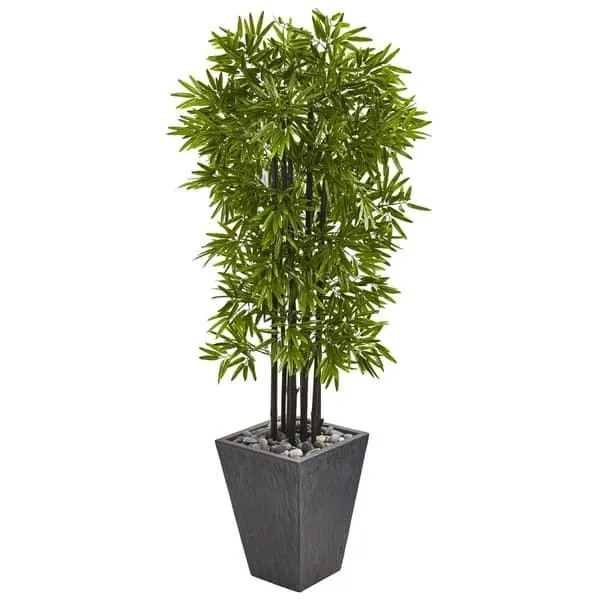Everything You Need to Know About Keeping Live Indoor Trees
If you’re searching for “live indoor trees,” chances are you’re wondering whether it’s possible to grow trees inside your home. The good news is that with the right type of tree and care routine, you can absolutely have a lush, living tree ornamenting your interior spaces. In this article, I’ll cover all the essentials of indoor tree ownership from selecting a tree variety to maintenance requirements.
Choosing the Right Tree for Indoor Conditions
Not just any tree can thrive inside. When browsing options, focus on trees known for their tolerant, low-maintenance nature. Here are some top varieties:
- Araucaria heterophylla (Norfolk Island Pine) – This popular pine has dark green, feathery fronds. It tolerates low light and average home temperatures well.
- Ficus benjamina (Weeping Fig) – With its lush, heart-shaped leaves and weeping branches, the ficus is a beautiful indoor tree. It’s very adaptable to indoor settings.
- Chamaecyparis obtusa (Hinoki Falsecypress) – With soft blue-green foliage, this tree takes well to indoor conditions. It grows slowly inside.
Avoid trees used to outdoors like pine, oak, maple or fruit trees. Their needs often exceed what homes provide.
Selecting a Suitable Pot and Soil
Proper planting is crucial for indoor tree thriving. Pots should have drainage holes for excess water to escape. Terra cotta and plastic are good choices. Consider pot size – choose one just slightly larger than the root ball. Overpotting can lead to root rot.

Use a soil formulated for houseplants. It drains well while retaining moisture. Potting mixes sold in bags at garden centers work well. Occasionally add compost or worm castings to enrich the soil as trees use up nutrients.
Finding the Right Spot
Light is key to an indoor tree’s health. Place your tree in a spot receiving indirect, bright light for at least six hours daily. East or west-facing windows provide quality sunlight. Avoid direct southern exposures that can scorch leaves. Continue…
Temperature also matters. Most houseplants like indoor trees prefer 70-80°F. Near heat vents, fireplaces or drafty areas may be too warm/cold. Monitor trees for signs of stress like droopy leaves if placement changes are needed.
Also consider furniture arrangements – trees do grow, so leave room for growth. Place taller trees against walls for stability. Don’t obstruct good air flow around trees.

Watering and Humidity Techniques
Proper watering prevents dryness which trees really dislike. Check soil moisture daily by sticking your finger an inch into the soil. When the top inch feels dry, it’s time to water. Thoroughly soak the soil until water drains freely from the drainage holes.
Misting foliage also raises humidity which many household trees appreciate. Consider a pebble tray – fill a tray with stones and set the pot on top, with water in the tray below. The water evaporates to humidify the air around the tree.
During winter when indoor air is driest, increase watering and humidifying efforts. Signs like brown leaf tips mean it’s time for more moisture.
Fertilizing and Pruning Practices
Feed indoor trees monthly in spring and summer with a diluted liquid houseplant fertilizer. This replaces minerals used up during growth. Safety tip—never fertilize when soil is dry to avoid burning roots.

Prune to shape trees and remove dead or diseased branches. Use clean, sharp pruners and cut just above a leaf node or branch. Pruning stimulates fullness. Some trees like ficuses respond well to occasional minimal trimming to maintain their forms.
Dealing with Pests and Problems
Periodically inspect trees for common pests like spider mites, aphids and scale insects. Treat with an organic insecticidal soap if spotted. Overwatering can cause root rot—improve drainage if this occurs. Signs of cultural issues usually respond well to adjusting care methods.
If problems persist or a tree suddenly declines, consider moving it to a brighter spot, repotting into fresh soil or consulting an expert. Often a simple change is all that’s needed to get an ailing tree back to full health!
Extending an Indoor Tree’s Life
With love and TLC, houseplants can provide years of enjoyment. But trees do eventually outgrow homes. Once pot-bound with a thick mat of circling roots, repotting into a much larger container may buy a tree a few more years. Another option is dividing root balls or taking cuttings to propagate new trees.

When an indoor tree really reaches the end of its indoor lifespan, consider planting it in the garden if weather permits. This gives it a beautiful outdoor retirement! Or gift the tree to someone else to love.
I hope this tutorial on indoor trees helps you choose the right variety and care for it properly. Feel free to contact me if you have any other questions! Having live greenery under glass adds warmth and character to any interior.
Top Indoor Tree Options
| Tree | Size | Light Needs | Care Level |
|---|---|---|---|
| Dracaena | Tall, narrow | Low to medium light | Low |
| snake plant | Tall, clumping | Low light | Very low |
| Chinese Evergreen | Tall, bushy | Medium light | Low |
| Peace Lily | Medium height | Medium to bright light | Low |
| Bamboo Palm | Tall, clumping | Medium light | Low |
FAQ
- How big should an indoor tree be? Generally, an indoor tree shouldn’t be too gigantic. You basically want to go for something that fits the space you have available without overwhelming the room. A tree around 3-6 feet tall is usually a pretty good size for most living areas.
- What kinds of trees are best for indoor growing? Some of the most common trees people grow inside are kinda like ficus, Chinese evergreen, dwarf date palm, and dwarf lemon trees. Dwarf varieties specifically work nicely because they stay smaller and don’t need as much space as a full-sized tree. Peace lilies and spider plants are also pretty much inside plant options that aren’t actually trees.
- How do I care for an indoor tree? To keep your indoor tree healthy, you’ll want to water it whenever the soil becomes dry. Check the soil by sticking your finger in it. Also, place the tree in an area that gets partial or bright indirect sunlight. Consider trimming it occasionally to maintain its shape. And give it some plant food every few months during the growing season.
- When should I repot my indoor tree? As a general rule, you’ll possibly want to repot your indoor tree every couple years or when you notice it’s outgrowing its current pot. The signs could be the roots starting to circle around the bottom of the pot or the soil seeming really packed in there. Repotting gives the roots room to spread out and the tree a fresh start with new soil.
- What pests could plague my indoor tree? Mealbugs, scale, and spider mites sometimes appear on potted trees. Keep a close eye out for any sort of fuzzy or sooty buildup, leaf spots, or crawler bugs on the leaves or bark. Whenever you notice an infestation, quarantine the tree and treat it with a suitable insecticide labeled for houseplants. You might wanna check any new trees thoroughly before bringing them inside too.
- My tree isn’t looking too good. What could be wrong? If your tree is starting to droop, drop leaves or just look less-than-healthy, it could perhaps be a watering, sunlight, pest or disease problem. Check things like the soil moisture, how long it’s in the light each day, and inspect closely for signs of bugs or leaf spots. Trees also sometimes need fertilizer. Moving it to a different spot could also be a good idea if you wanna try and save a struggling tree.
- Is growing an indoor tree difficult? With a little care, an indoor tree is quite simple to maintain. You basically just need to water it regularly, make sure it gets light, maybe feed it, and keep an eye out for pests. Repotting every so often simplifies things too. As long as you meet the tree’s basic needs, you’ll more than likely be successful at keeping it happy indoors for years. It’s rewarding to see new growth each season.
So in summary – go for a medium-sized variety that suits your space, water when dry and give partial sun. Check for pests, repot occasionally, and try moving it if it’s looking poorly. With modest effort, an indoor tree can add notable style and greenery to your home. Just don’t go overboard trying to match a redwood inside! Unless you have basically a giant atrium or something.
